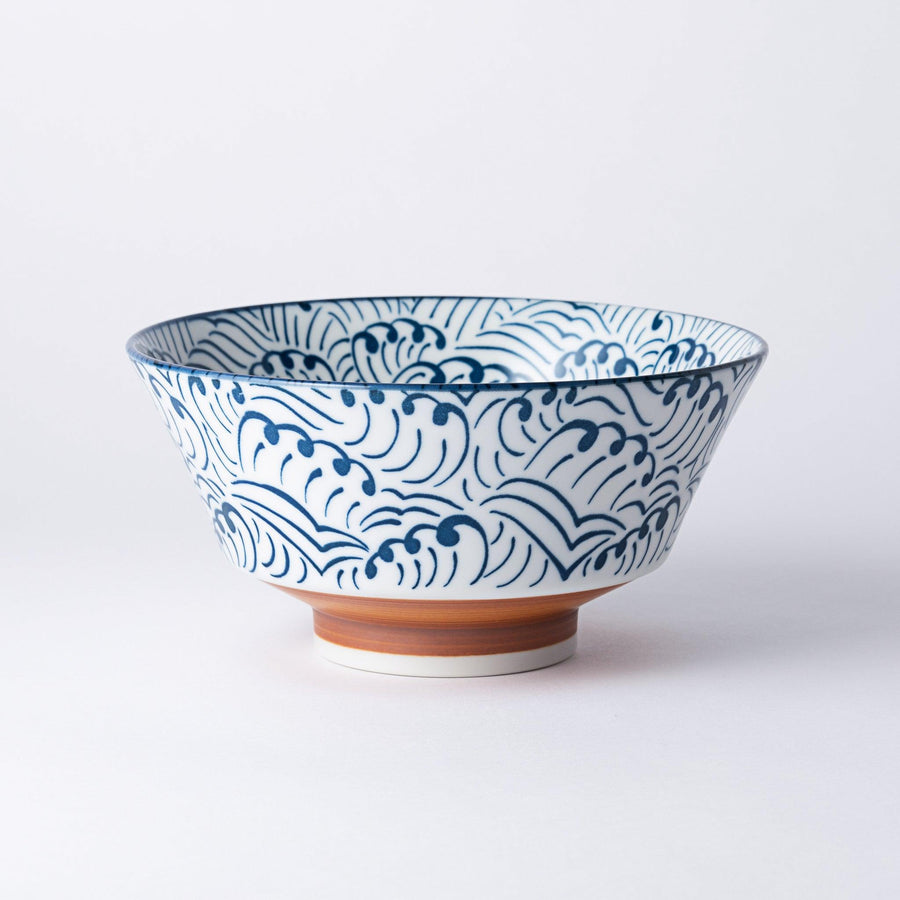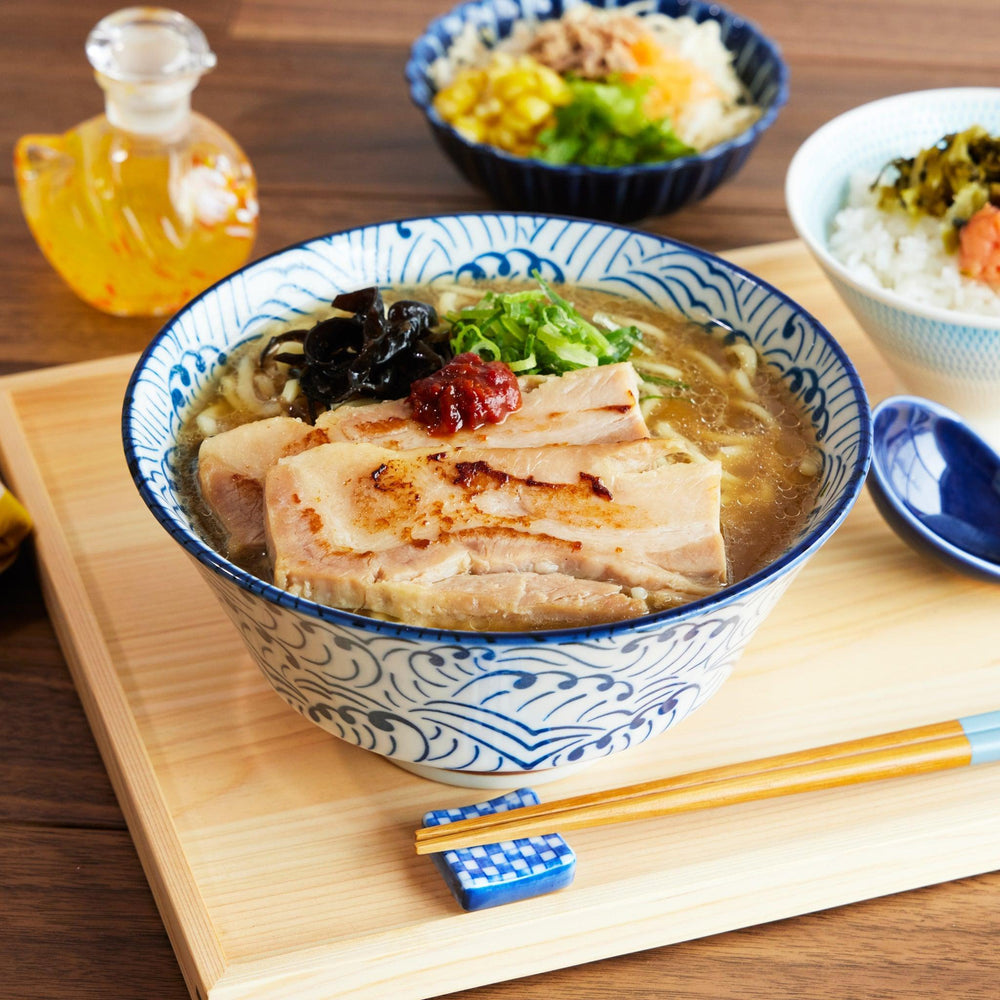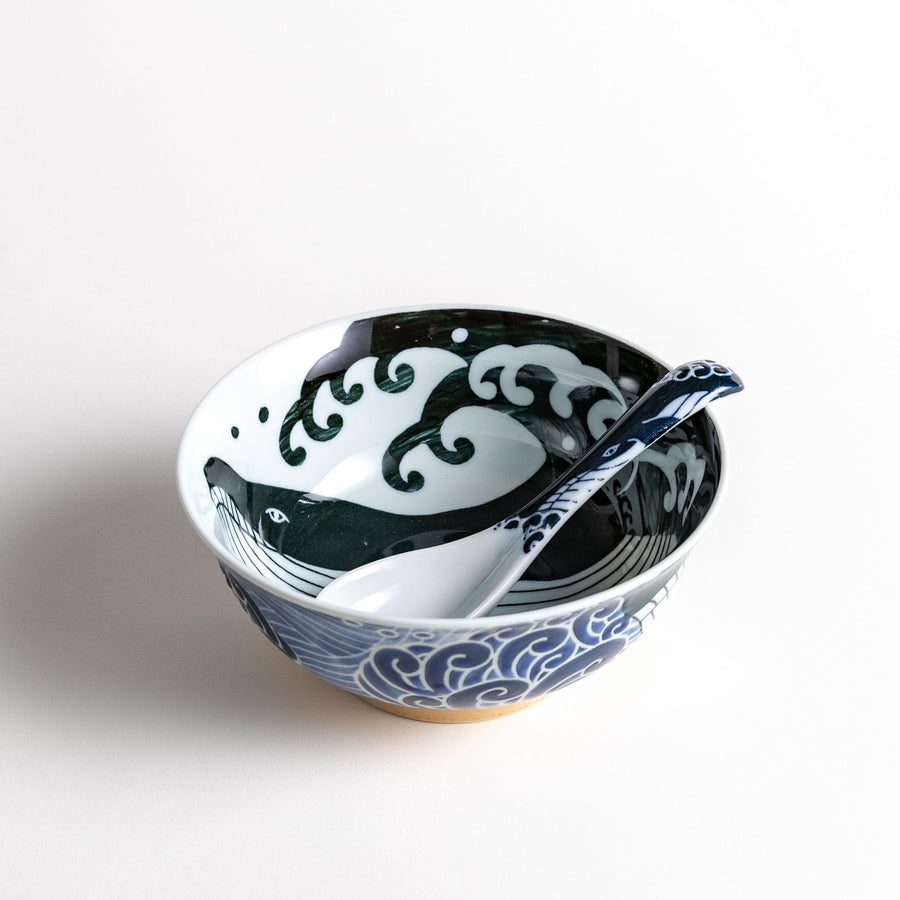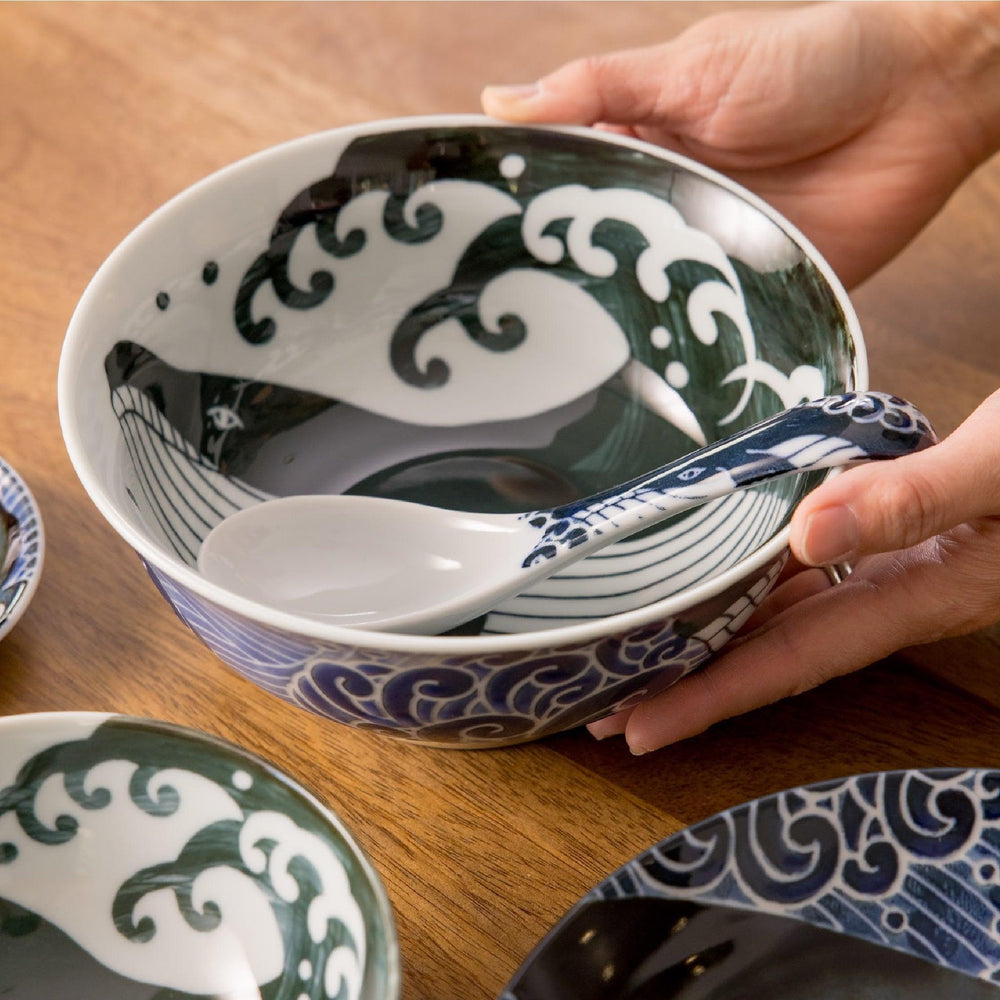How Chopstick Rests Are Made – Inside Our Visit to Ihoshiro Kiln

In Japan, chopstick rests (hashioki) are so much more than pretty little ornaments for the table. They hold a quiet but important place in our food culture—balancing beauty, practicality, and hospitality.
- Function – Keep your chopstick tips off the table, which means cleaner and more hygienic dining.
- Aesthetics – Add seasonal beauty or festive charm to a place setting, turning everyday meals into something special.
- Hospitality – Show care for guests by providing a thoughtful, well-set table.
- Conversation Starters – Spark smiles and stories around the table with designs like Mt. Fuji or playful animals.
It’s amazing how a piece so small can completely change the mood of a meal.
Meeting the Artisans of Ihoshiro Kiln

Located in Gifu Prefecture , Ihoshiro Kiln is where some of the most delightful ceramic chopstick rests are born. The kiln operates under Masters Craft Corporation, which has been around since 1960, but the kiln itself opened in 2006 as an in-house workshop. Today, more than 45 skilled artisans work here, each one specializing in turning a lump of clay into a tiny treasure.
The name Ihoshiro (五百代) comes from the area’s old name and carries a beautiful meaning: “five hundred generations.” It reflects the founders’ wish for their craft to endure for centuries.
Their philosophy? To create pottery that makes your heart flutter —pieces that awaken the joy of an old memory or the spark of something entirely new.
Inside the Handcrafting Process
During our visit, we had the privilege of watching the entire process unfold. There’s no conveyor belt, no mass-production machinery—just skilled hands, traditional techniques, and an incredible amount of care.

From Clay to Chopstick Rests
-
Shaping the Clay
Each chopstick rests begins with soft clay, either shaped entirely by hand or formed with carefully designed molds. This allows for everything from graceful seasonal motifs to whimsical cats, birds, and flowers. -
Drying & First Firing (Bisque Firing)
The shaped chopstick rests are left to air-dry before being fired at around 900°C, giving them strength and preparing them for glazing. -
Glazing & Decoration
Glaze adds not only color and shine but also durability. Many chopstick rests are hand-painted—sometimes before glazing (underglaze) and sometimes after (overglaze)—making each rest one of a kind. -
Final Firing
Depending on the decoration technique, the final firing may reach up to 1,200°C, or about 800°C for overglaze details to keep colors vivid. -
Finishing Touches
Every rest is inspected, refined, and polished to perfection before leaving the kiln.
The result? A little work of art that’s meant to be used and enjoyed, not just admired.
Why Add Chopstick Rests to Your Table

They might be small, but they make a big difference:
- Practical – Keeps chopsticks clean between bites.
- Beautiful – Adds charm to any meal, whether it’s a weekday dinner or a festive gathering.
- Cultural Connection : Brings a touch of Japanese tradition to daily meals, connecting modern dining to a history that began in sacred rituals.
- Collectible – With hundreds of designs, they are fun to mix, match, and gift.
For one of the best-written articles on chopstick rests, we recommend reading Anthony’s excellent piece on Eater .
FAQs about Chopstick Rests
Are ceramic chopstick rests dishwasher safe?
Most are, but handwashing will help preserve the delicate painting and glaze for years to come.
How many chopstick rests should I have?
At least one per person at your table, plus a few extras for guests or special occasions.
If you’ve never used a chopstick rest before, start with just one. Place it at your table tonight. You might be surprised how such a small piece can make a meal feel special.









